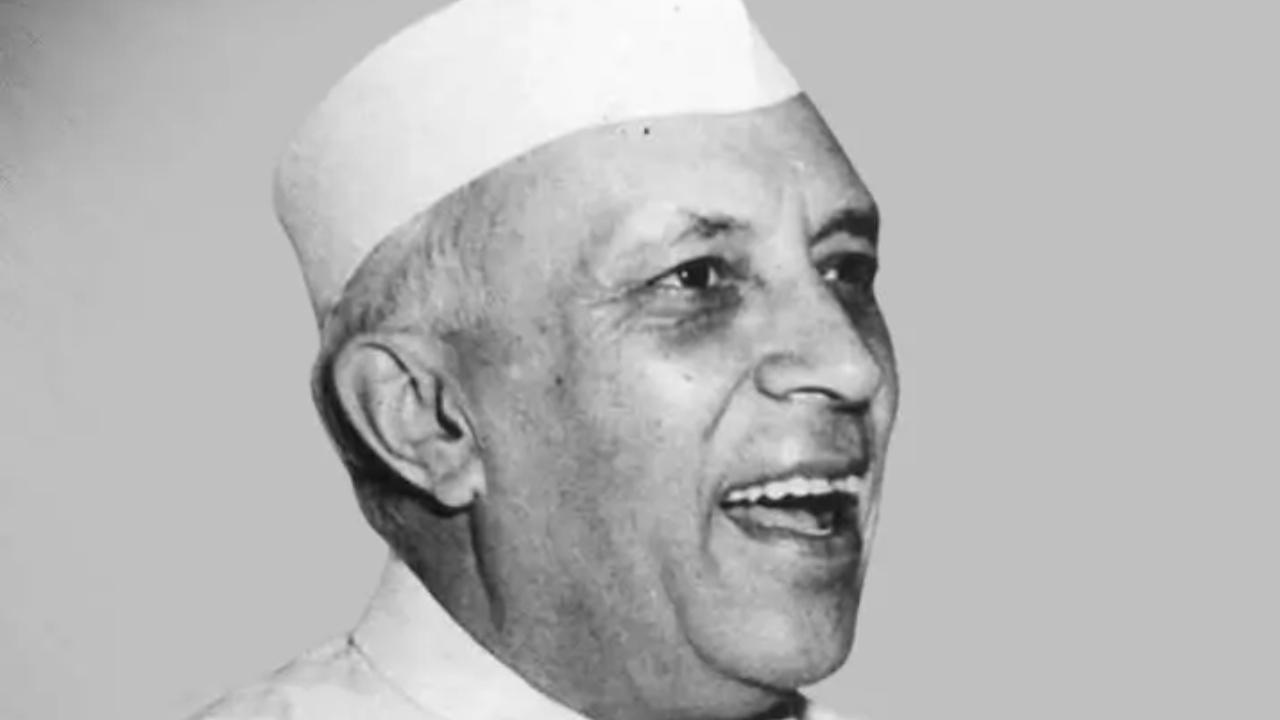Nehru served as India's Prime Minister from 1947 until his passing in 1964. He was a charismatic leader known for his eloquence and intellect. Nehru's leadership was instrumental in guiding India through the challenges of post-independence nation-building

File Pic
Jawaharlal Nehru was a prominent figure in India's history, playing a crucial role in shaping the nation during its early years of India's independence.
ADVERTISEMENT
Nehru was born in the year 1889. He served as India's Prime Minister from 1947 until his passing in 1964. He was a charismatic leader known for his eloquence and intellect. Nehru's leadership was instrumental in guiding India through the challenges of post-independence nation-building.
Nehru was a staunch advocate of secularism, democracy, and social justice. He believed in the power of education and worked to establish prestigious institutions like the Indian Institutes of Technology and the All India Institute of Medical Sciences. His emphasis on education aimed to empower the youth and drive progress in the country.
Under Nehru's leadership, India pursued a policy of economic self-sufficiency through the implementation of Five-Year Plans. These plans focused on industrialization, agricultural reforms, and the development of indigenous industries in India. Nehru's vision propelled India towards becoming a self-reliant and economically strong nation.
On the international stage, Nehru played a significant role in shaping India's foreign policy. He championed the principle of non-alignment, advocating for peace, disarmament, and coexistence. His diplomatic skills earned him respect and admiration from world leaders, solidifying India's position as a prominent global player.
Nehru actively participated in the Indian independence movement led by Mahatma Gandhi. He played a crucial role in organizing civil disobedience campaigns, including the Salt March and the Quit India Movement.
Nehru was a prominent leader of the Non-Aligned Movement (NAM). He advocated for peaceful coexistence among nations and non-alignment with the two major power blocs of the Cold War era, the United States and the Soviet Union.
 Subscribe today by clicking the link and stay updated with the latest news!" Click here!
Subscribe today by clicking the link and stay updated with the latest news!" Click here!








